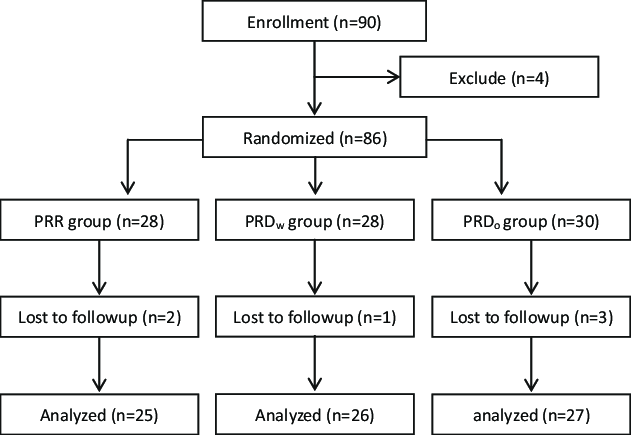Allocation
Once the eligibility criteria for patients or population have been described and the sample size calculation performed, it is necessary to look at the type of distribution used, if applied.
The internal validity is assessed by adequacy of allocation sequence, concealment of allocation sequence, blinding, the balance of prognostic factors, intention-to-treat analysis, and completeness of follow-up. The reviewers need to have the ability to recognize the relationship between an explanatory factor and an outcome and to identify other variables (confounding factors) or systematic error (bias) that can distort the results. Confounding factors and study bias are different problems in the study that lead to an inaccurate estimate (underestimate or overestimate) of the true association between exposure and an outcome 1).
